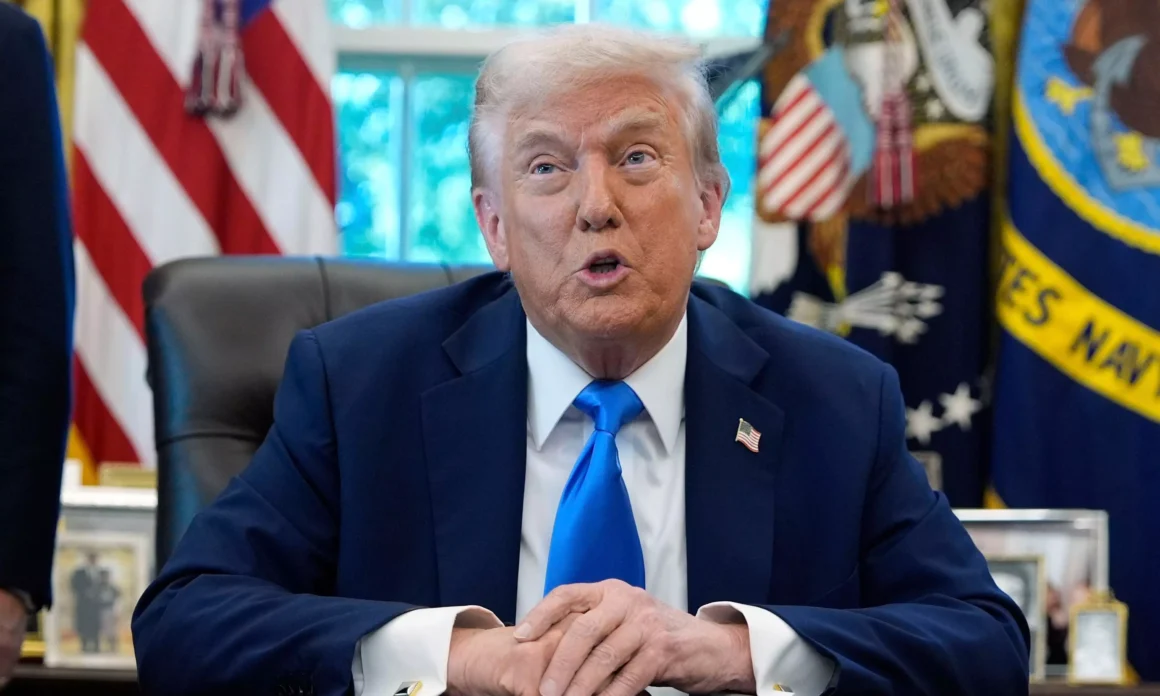
Punchline: A six-figure price tag on opportunity – will Indian talent still find the American dream worth it?
The Breaking Development
In a dramatic move that has sent shockwaves through the global tech industry, U.S. President Donald Trump has signed a proclamation imposing a $100,000 annual fee on H-1B visas. Effective in the United States. While the administration argues it will protect American jobs, the immediate question is clear: what does this mean for Indian professionals, who make up nearly 70% of all H-1B visa holders?
Why This Matters for India
For decades, the H-1B visa has been the backbone of India’s tech migration to the United States. Companies like Infosys, Wipro, and TCS have relied heavily on this visa route to send employees onsite. Indian engineers, software developers, and healthcare professionals have used it as a gateway to high-paying U.S. jobs and eventually, permanent residency. With this fee structure:
- Smaller firms will be priced out: Mid-sized IT services firms may find the six-figure visa fee prohibitive.
- Big tech may absorb costs: Giants like Google, Microsoft, and Amazon could still afford to sponsor Indian workers, but may become more selective.
- Individual dreams at risk: For many Indian families pinning hopes on an H-1B pathway to a green card, the costs will now be astronomical.
How the $100,000 Fee Changes the Game
The previous H-1B visa application process already involved a few thousand dollars in filing fees, legal costs, and compliance. The sudden jump to a flat $100,000 per year, per employee is unprecedented. For a company hiring multiple H-1B workers, this will translate into millions of dollars annually. This move, analysts argue, is less about revenue and more about deterrence.
Cost Breakdown for Employers
| Duration of Stay | Cost per Employee (USD) | Approx. Cost in INR (₹) |
|---|---|---|
| 1 Year | $100,000 | ₹83 lakh |
| 3 Years (Initial) | $300,000 | ₹2.5 crore |
| 6 Years (Renewal) | $600,000 | ₹5 crore |
(Conversion rate approx. $1 = ₹83)
Industry Shockwaves and Reactions
The Indian IT sector is in damage-control mode. NASSCOM, India’s premier tech industry body, has called the decision “protectionist” and warned it could strain Indo-U.S. economic ties. Outsourcing firms fear losing competitiveness, while many employees are already exploring Canada, UK, Australia, and remote roles as alternatives.
U.S. tech giants, heavily dependent on Indian talent, are expected to push back. Lobby groups the authority to unilaterally impose such fees.
The Ripple Effect on Indian Professionals
For Indian workers aspiring to move to the U.S., the immediate impact could be disheartening:
- Fewer H-1Bs Granted: Companies may cut back drastically on sponsorships.
- Salary Pressures: Employers may offset costs by lowering wage offers.
- Shift in Migration Flows: Canada’s open immigration system could see a surge in Indian applicants.
- Family Plans Disrupted: The cost could deter families banking on long-term residency opportunities.
Alternatives for Indian Talent
| Country | Visa/Program | Benefits |
|---|---|---|
| Canada | Express Entry, Global Talent Stream | Fast PR, lower costs, large Indian diaspora |
| UK | Skilled Worker Visa | High demand for tech jobs, easier path to residency |
| Australia | Skilled Independent Visa | Points-based, family-friendly immigration |
| Germany | EU Blue Card | Access to EU market, strong tech ecosystem |
Diplomatic and Legal Questions Ahead
The Indian government is likely to raise the issue at the highest levels, especially given that the India-U.S. tech corridor is worth billions of dollars annually. Meanwhile, immigration lawyers are predicting a flurry of lawsuits challenging the legality of the fee. With the policy set to last 12 months unless extended, much depends on court rulings and potential congressional interventions.
What’s Next for Indian Talent?
The fee may force Indian professionals to rethink their career trajectories:
- Remote Work Expansion: More Indian engineers may stay in India while working for U.S. firms remotely.
- Alternative Destinations: Countries like Canada and Germany, which actively court Indian talent, may benefit.
- High-Skilled Elite Pathway: Only the most in-demand and highly compensated Indian professionals may continue pursuing U.S. visas under this regime.
Final Word
The H-1B visa has long symbolized the “American Dream” for Indian tech talent. With the Trump administration’s unprecedented $100,000 annual fee, that dream is now in question. Whether this leads to a brain drain reversal for India, a legal battle in the U.S., or a reshaping of global migration flows, one thing is certain: the stakes have never been higher.
FOR MORE BLOGS – beyondthepunchlines.com

 Add to favorites
Add to favorites








